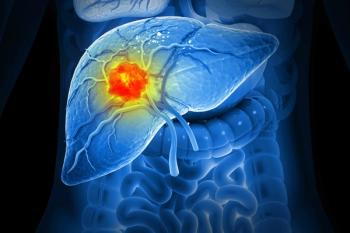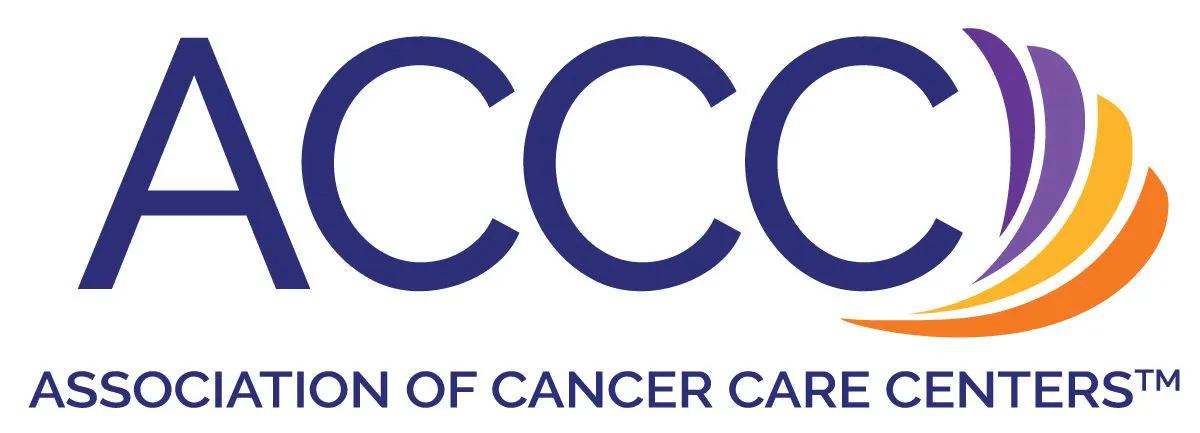
Providers
Latest News

Latest Videos

CME Content
More News

The Americas Committee for Treatment and Research in Multiple Sclerosis (ACTRIMS) will host its ninth annual meeting in West Palm Beach, Florida, from February 29 to March 2, 2024, to address a plethora of barriers faced by patients and clinicians managing multiple sclerosis (MS).

Patrick Vermersch, MD, PhD, joined The American Journal of Managed Care® for an interview on promising data from a phase 2 clinical trial on frexalimab in the treatment of multiple sclerosis (MS) and associated neurodegeneration.

This week's news from the Center on Health Equity and Access discusses racial disparities in prostate cancer outcomes, the impact of access to cancer care on racial gaps in CLL/SLL outcomes, the effects of 340B programs on drug pricing and health care disparities, the role of mental illness in maternal mortality rates, and racial bias and diagnosis disparities in bipolar disorder.

Camilla Levister on the Nuances of Designing a Pregnancy-Specific Artificial Pancreas System for T1D
Camilla Levister, MS, ANP-C, CDCES, a nurse practitioner at the Icahn School of Medicine at Mount Sinai Hospital in New York, gives insight into the nuances of testing closed-loop insulin delivery systems for pregnant women.

While adopting new payment models can come with challenges, there are strategies that can help oncology practices optimize their approaches, said Kathy Oubre, MS, CEO of Pontchartrain Cancer Center.

Patients with ovarian cancer living in rural areas reported less improvement in psychological function compared with patients living in urban areas in the year following ovarian cancer diagnosis.

In honor of Black History Month, Leesha Ellis-Cox, MD, MPH, sheds light on the racial disparities in mental health care and the prevalence of misdiagnosis.

Among patients with heart failure (HF), those taking dapaglifozin or empaglifozin had a 30% odds reduction in HF hospitalization, 14% odds reduction in cardiovascular mortality, and a 10% odds reduction in all-cause mortality compared with patients taking placebo.

Investigators say a better understanding of risk factors and categories can help personalize care for patients living with myelodysplastic syndrome (MDS).

A meta-analysis on complement inhibitors in the management of paroxysmal nocturnal hemoglobinuria (PNH) reveals an association between these interventions and positive treatment outcomes.

Outside of genetics, which has a well-documented link to the risk of type 1 diabetes (T1D), investigators detail available research spanning a variety of factors, including viral infections, pesticide exposure, and the gut microbiome.

Results of a phase 1/2 trial show encouraging outcomes for patients with higher-risk myelodysplastic syndromes (MDS) and chronic myelomonocytic leukemia (CMML) treated with the fully oral regimen of venetoclax and decitabine plus cedazuridine.

Strengthening parity in insurance coverage of mental and physical health care benefits is critical for addressing the maternal mental health crisis.

Patients with early-stage hepatocellular carcinoma (HCC) and those with advanced-stage disease exhibited distinct gut microbiota diversity and alterations, with future studies warranted to investigate the mechanisms underlying the interactions between gut microbiota and HCC progression.

Andrew Ress, MD, discusses the novel integration of artificial intelligence (AI) into the skin cancer treatment landscape.

A bidirectional Mendelian randomization (MR) study found a casual relationship between sleep-related phenotypes (SRPs) and gut microbiota.

A meta-analysis of 3 case-controlled MS studies showed an association between susceptibility to multiple sclerosis (MS) and the vitamin D pathway.

Despite socioeconomic and biological differences that contribute to disparities between Black men and White men with prostate cancer, improved access has been shown to reduce the gaps, explained Jun Gong, MD, of Cedars Sinai.

Researchers said these findings confirm that zilebesiran can significantly reduce serum angiotensinogen levels, leading to sustained reductions in blood pressure over a 24-hour period, even 6 months post-treatment, though more research is needed for longer-term use.

Hospitalized Children With Diabetes May Be Able to Continue Safe Use of Home Pumps, Suggest Findings
Using home insulin pumps when hospitalized was relatively safe compared with hospital-managed pumps and insulin injections among more than 2700 children admitted to a single hospital center.

The retrospective study found patients on Bruton’s tyrosine kinase inhibitors are similar to the general population in the sense that it usually takes at least 2 anti-hypertensive drugs to control blood pressure.

Lifileucel was granted approval for the treatment of adults with unresectable or metastatic melanoma that has been previously treated with other therapies, marking the first approval of a tumor-derived cellular therapy in a solid tumor cancer.

The study was the first of its kind to analyze social deprivation among CLL patients and observe the underlying reasons behind their clinical outcomes.

Pain screening in young patients with sickle cell disease (SCD) has demonstrated benefits for the administration of integrative health and medicine modalities for pain management.

Details from the final interim data analysis of the ADAPT+ study confirm previous findings seen with efgartigimod (Vyvgart) in generalized myasthenia gravis (gMG), the rare neuromuscular autoimmune disease.





















































